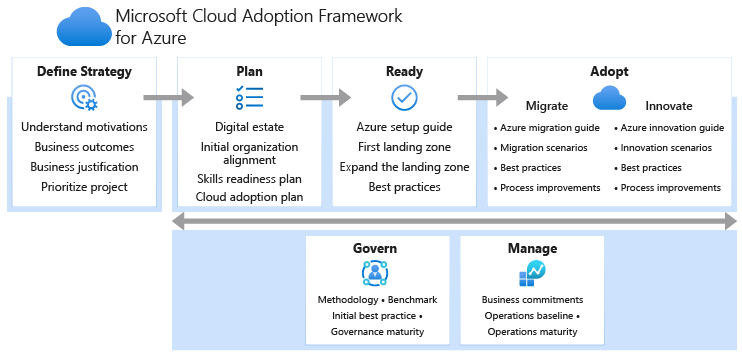So in my previous post I covered the basic concepts of Securing your cloud environment. In this post I want to dive a bit deeper into how we start implementing this process. First I would like to point out that this is kind of a default starter template. Every environment is different and requires specific tailoring to fit the needs of the client.
So to begin with I would like to introduce you to a concept called Hub n Spoke. This concept is nearly always used in enterprise cloud environments. The basics being that the network is segmented into multiple VNets, A single Hub Vnet and multiple Spoke VNets. So what’s a hub VNet you ask? Well a Hub Vnet is a central VNet that holds all shared resources mainly, but not only, from a networking perspective. In most cases the Hub will contain corporate Firewalls, WAF (Web Application Firewall), DDoS protection, Proxies and so on. In many cases the Hub will also contain Domain Controllers, Anti-Virus Servers, SIEM collectors and so on. The spokes will hold the actual workloads, these could range from a standard VM setup to AKS (Kubernetes) and even a mix of PaaS bases services such as webapps, Azure SQL and so on. The reasoning behind this is fairly simple.
- On the one hand we want to allow different departments access to the cloud. We also would like to offer them a high degree of independence when using the cloud. However we still need to govern and secure these environments. Hence centralizing and isolating all security and shared resources to the hub allows us to have in-place controls while still delegating the spoke environments to the required departments.
- Many companies are approaching the cloud from a hybrid perspective. They already have in-place on-prem solutions such as firewalls, Anti-Virus solutions etc. These companies have personnel with a high level of expertise on these solutions. It also wouldn’t necessarily make sense for them to use native cloud solutions as this would require them to manage multiple technologies (both on-prem and cloud) therefore the use of Marketplace solutions to deploy existing 3rd party solutions in to the cloud makes more sense to these companies.
So, how does it work. Lets take a look at the following diagram

This is what I like to call a well architected approach
Stay tuned for the next post where we will discuss the use of Microsoft Defender for cloud


